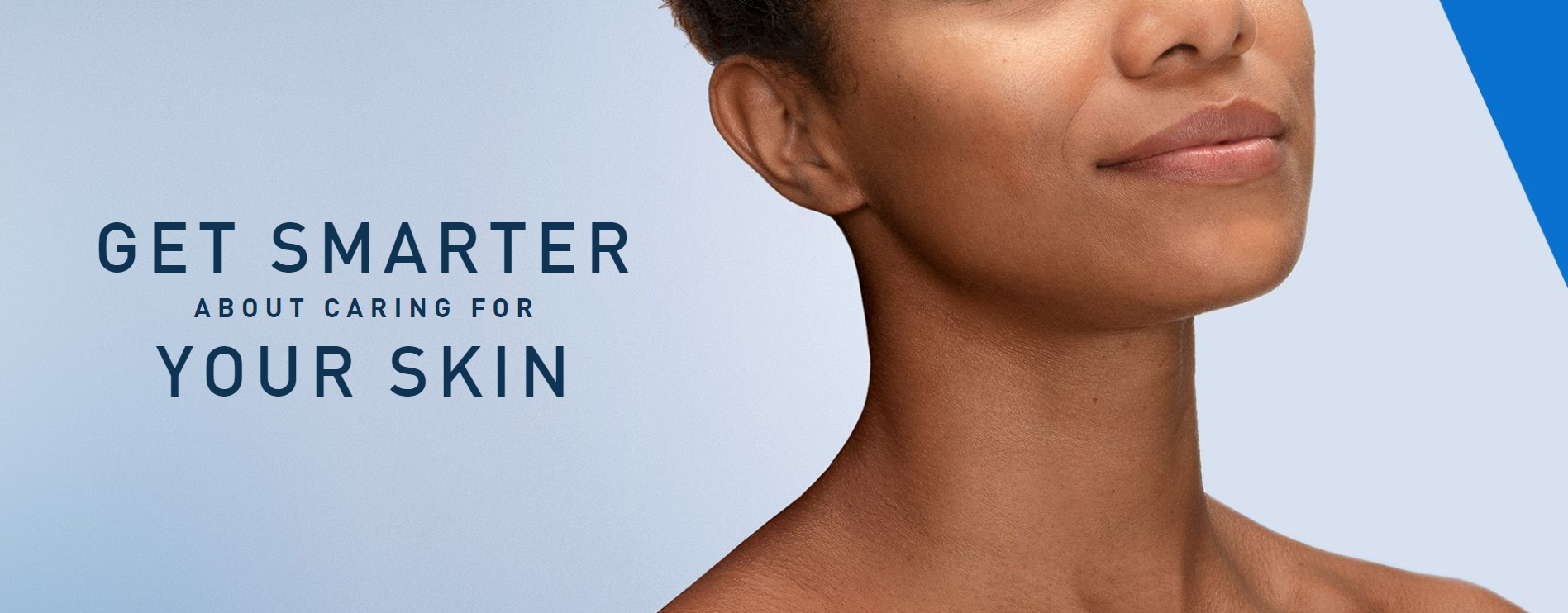Skin Smarts
2024-03-19
 Your skin is the protective barrier between your body and the rest of the world, which is why it’s so important to better understand what it needs so that you can maintain healthy, comfortable skin. From tips and advice to skincare routines and detailed information on common skin concerns such as eczema and acne, CeraVe has you covered. Discover our latest articles or explore our library to learn how to better understand and care for your skin.
Your skin is the protective barrier between your body and the rest of the world, which is why it’s so important to better understand what it needs so that you can maintain healthy, comfortable skin. From tips and advice to skincare routines and detailed information on common skin concerns such as eczema and acne, CeraVe has you covered. Discover our latest articles or explore our library to learn how to better understand and care for your skin.Understanding and Treating Different Types of Acne
Acne is not a one-size-fits-all skin issue. Although it is a common skin concern, everyone's acne is different—from the type of acne you have, to how, why, and when you break out. Understanding the different types of acne, and the most effective methods for treating each, can help you clear blemishes and prevent new ones from forming.
Keep reading to discover the characteristics of each acne type, the top CeraVe products to incorporate into your daily acne routine, and expert advice from board-certified dermatologist Dr. Shari Marchbein.

OVERVIEW
Acne affects more than 50 million Americans, making it the most common skin condition in the United States.1 Virtually everyone experiences this widespread skin concern at some point in their lives. However, acne breakouts are not all created equal. There are many different types of acne—and while some people experience only one type of blemish regularly, others may struggle with several at once. Identifying which type of acne you're experiencing, and the proper skincare products and ingredients to address it, is the key to getting breakouts under control and restoring a clear, healthy-looking complexion.
ACNE FACTS
There are many different types of acne, including blackheads, whiteheads, papules, pustules, nodules, and cysts.
Blackheads and whiteheads are common blemishes that can usually be addressed with the right preventative skincare routine and ingredients, such as salicylic acid.
Papules, pustules, cysts, and nodules are acne types that may be more difficult to treat, with a higher risk of post-acne marks.
CeraVe recommends choosing oil-free, non-comedogenic daytime and nighttime moisturizers that contain essential ceramides, hyaluronic acid, and skin-calming ingredients like niacinamide.
If an at-home acne routine doesn’t help and symptoms persist, consult with a dermatologist for additional options.
What Is Acne?
“The most basic acne lesion, or the precursor lesion to all other acne bumps, is called a comedone,” explains Dr. Marchbein. “And there are two types: open comedones [blackheads] and closed comedones [whiteheads]. Blackheads and whiteheads can stay just as they are, or they can develop more inflammation and become the larger acne breakouts, called papules, pustules, and cysts," says Dr. Marchbein.
Other possible factors that may influence acne include hormonal fluctuations—such as puberty or during a woman's monthly cycle—as well as genetics and stress. Since ongoing acne breakouts are unlikely to clear up on their own, it's important to address the underlying causes of your acne type with the right skincare products.
What Type of Acne Do I Have?
"There are various types of acne and the most important thing is that you know which kind of acne you have in order to best treat it," says Dr. Marchbein.
Whether you only break out occasionally—or deal with stubborn blemishes daily—here are the basics you should know about each type of acne blemish.

